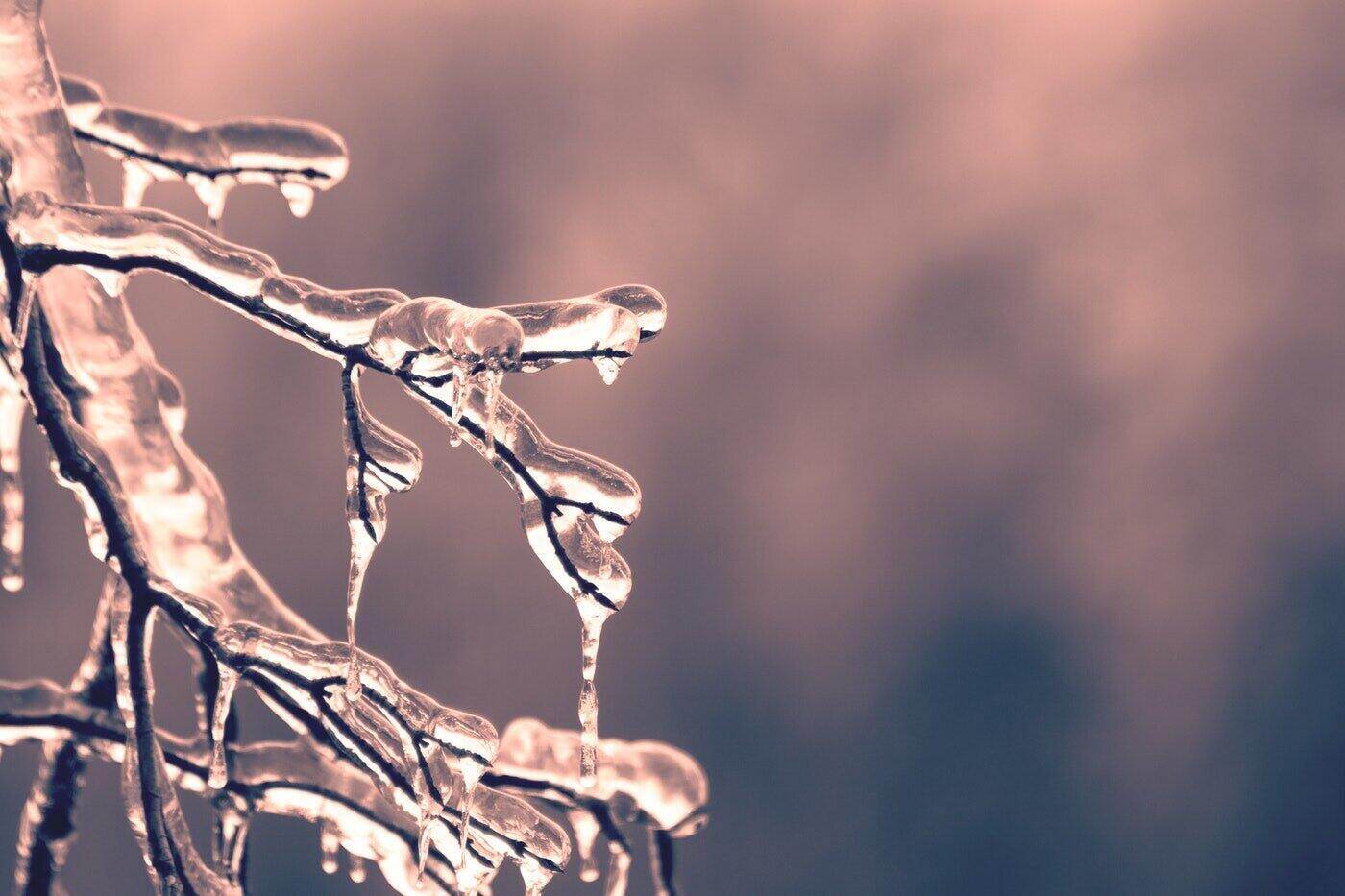There’s nothing better than waking up to the view of a sprightly garden filled with a zillion shades of green and other vibrant hues. But if you’ve tried your hands at gardening, you’d know that maintaining your garden during winter isn’t a walk in the park.
Freezing cold temperatures combined with strong icy winds can take a toll on the plants you’ve worked so hard to grow. Rain, hail and snow further jeopardize their wellbeing. Then there’s the imminent hard frost that renders the soil unsuitable for gardening.
But there are ways to help your garden survive the winter chill and emerge in flying colors for spring. Whether you’re living in the balmy south or a region like Kalamazoo, which is known for its snowy winters, it’s possible to maintain your garden.
If you’ve been looking for ways to let your garden thrive during winter, we’ve got you covered. In the following sections, we’ll take a look at a few winter gardening mistakes you must avoid to keep your garden in top shape as the mercury levels drop. Let’s take a look.
1. Not Doing Anything at All
The biggest winter gardening mistake you can make is to not take any steps whatsoever to protect your garden. Contrary to popular belief, the onset of winter doesn’t translate into an apocalypse for your garden.
That’s because plants are genetically equipped to withstand extreme temperatures. So instead of surrendering to the nip in the air or counting on your plants to brave the cold, you need to adopt a proactive approach to winterproof your garden.
The good news is that preparing your garden to bear the brunt of winter is fairly straightforward. You simply need to follow a few simple steps, such as adding mulch to the soil and putting protective coverings over tender plants.
Also, it’s a good time to add decorative elements to your garden to get ready for the holiday season. If you’re planning to harvest winter vegetables and fruits, make sure you plant their seeds well in advance. You might even need to move a few delicate plants indoors to protect them from the biting cold. Visit Create an Indoor Garden Oasis to Beat the Winter Blues for more information on creating an attractive growing space inside the house.
2. Ignoring Weather Forecasts
Depending on the region where you’re living, the winter weather will likely fluctuate throughout the day. There could be sudden spells of snow, hailstorm and frost. Such weather events are sometimes followed by an extreme drop in temperature as well.
Needless to say, sudden fluctuations in weather will adversely affect your plants if you haven’t properly protected them. That’s why it is important to keep an eye on the hourly weather forecast in your area.
Use a hyperlocal weather intelligence platform or app that provides you with accurate temperature, precipitation, and wind speed breakdowns for your neighborhood. Watch out for any inclement weather forecasts, including blizzards and hailstorms.
The key is to take all kinds of preventive measures to protect your garden from the wrath of hard frost.
3. Not Watering Your Plants If They Need It
A common misconception among amateur gardeners is that plants only need water to survive in hot weather. Contrary to what you might think, water is indispensable to the survival of plants throughout the year. It becomes even more important during winter in places that don’t receive any snowfall.
Plants won’t need as much water over the winter, it’s true. If you’re in a location where the temperatures don’t reach freezing, however, they’ll benefit from the occasional deep watering.
Also, you can add mulch over the soil to prevent the water from evaporating. It’ll even help insulate the soil and the roots of your plants.
4. Planting New Seeds
Winter isn’t the best time to grow new plants out of doors. While grown-up plants in your garden are equipped to survive the harsh temperatures and winds, new saplings and plants are too tender to withstand such extreme weather. If you’re planning to make new additions to your garden, it’s wiser to wait until the arrival of spring. When that time comes, you may want to check out Preparing a Garden Bed [DIY Guide] for more tips.
Maintaining your garden during winter requires you to be alert and proactive. The key is to take the right preventive measures to protect your garden from extreme weather fluctuations. From adding mulch and plant coverings to letting new buds bloom indoors—there’s a lot you can do to keep your garden in great shape during winter.
Feature image: Dan Hamill; Image 1: freestocks.org

